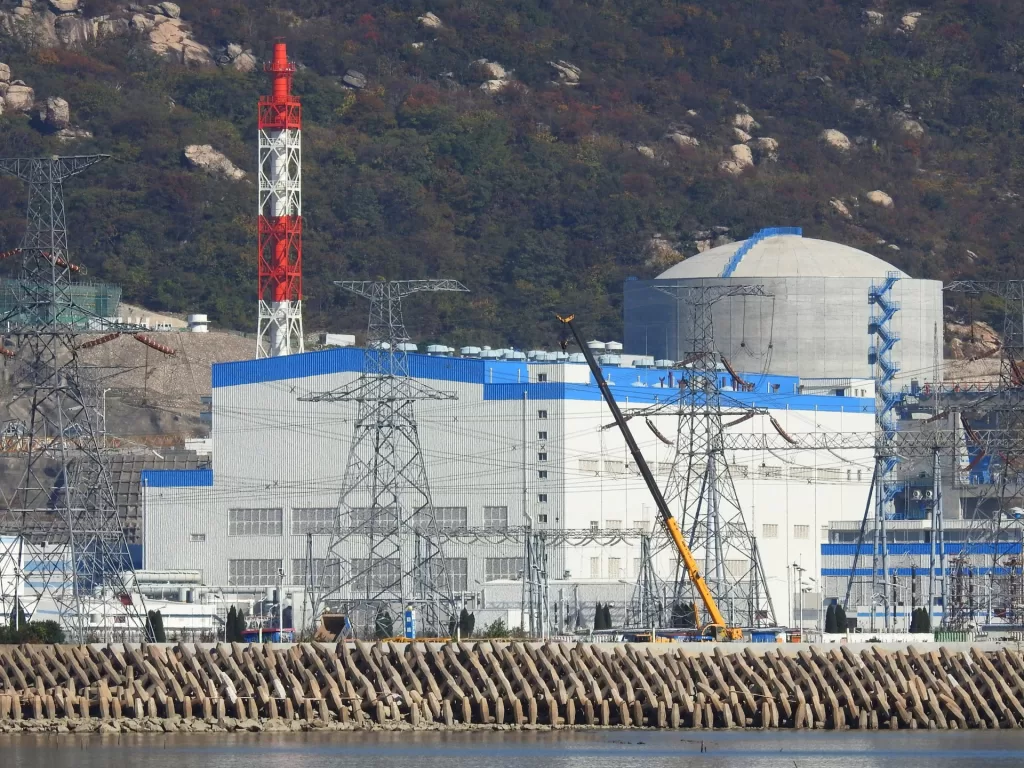The United States is between 10 and 15 years behind China in rolling out next-generation reactors, research institute says.
China has 27 nuclear reactors under development, with the average reactor taking seven years to come online – far faster than for most other countries, the Information Technology and Innovation Foundation said in a report released on Sunday.
Between 2008 and 2023, China’s share of nuclear patents increased from 1.3 percent to 13.4 percent and the country now leads in the number of nuclear fusion patent applications, the Washington-based research institute said.
Beijing’s rapid rise in the field has been due to a “coherent national strategy” to develop nuclear power, including low-interest financing, feed-in tariffs, and streamlined regulatory approval, the institute said.
“China’s government has assigned considerable priority to domestic nuclear reactor construction as part of Beijing’s broader energy strategy,” the report said.
“Looking ahead, China appears likely to use this established domestic capacity as a foundation for competitive reactor exports, much as its ‘dual-circulation’ strategy has accomplished in other areas, such as electric vehicles and batteries.”
A common narrative that China is “a copier” and the US an “innovator” has encouraged a lackadaisical attitude towards industrial policy, according to the institute.
“First, this assumption is misguided because it is possible for innovators to lose leadership to copiers with lower cost structures, as we have seen in many US industries, including consumer electronics, semiconductors, solar panels, telecom equipment, machine tools, and, as noted here, quite possibly, nuclear power. Second, it’s not clear that China is a sluggish copier and always destined to be a follower,” the report said.
The US is still the top country for nuclear power generation, ahead of France and China, with its 94 reactors accounting for about one-third of global output.
But the country has built only two new reactors in the past decade, both of which arrived years late and billions of dollars over budget.
China in December unveiled the world’s first so-called fourth-generation nuclear plant at Shidao Bay in eastern Shandong province.
Chinese state media has touted the reactors as being safer and more efficient than previous generations due to their use of gas for cooling in favour of pressurised water.
